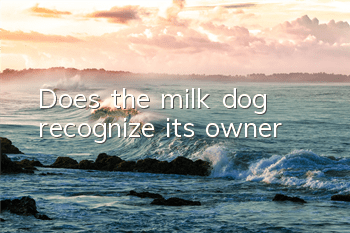1. Teeth estimation
Under 2 months old, there are only deciduous teeth (white, thin, sharp), incisors are replaced at 2-4 months, canine teeth (white, rounded tips) are replaced at 4-6 months, molars 1 are replaced at 6-10 months The teeth are long and straight, white and bright, and the incisors have no sharp protrusions. The apex of the lower incisors is smoothed at the age of 2. The apex of the upper incisors is smoothed at the age of 3. The upper and lower incisors at the age of 4-5 begin to wear and become slightly beveled and yellow. The incisors at the age of 6-8 are exposed and the canine teeth are yellowed and worn. The wear and tear of labial dog teeth is related to age. The older you are, the more serious the wear is. But it should also be noted that this has a lot to do with the nature of the animal's food. For example, if the dog often eats soft food and often chews bones, the dog's tooth wear will be different, so it can only be used as a reference.
2. Facial expression
Dogs aged about 1 year old have active expressions, bright eyes, and are active. Dogs aged 2-4 years old are approachable, energetic and enthusiastic. Old dogs older than 7 years old have sluggish energy, slow response to stimulation, unwillingness to move much, and dull eyes.
3. Hair
The occurrence of senile hair refers to the appearance of gray and white hair (that is, the original non-gray hair of dogs turns into gray and white hair). It first occurs in the lip area and mandibular area. Dogs aged 4-5 years old begin to see a few white hairs, and the number increases significantly at 5-6 years old. Later, it spreads to the back, around the nose, eyelids, eyebrows, etc., and then further extends to the forehead and external auditory canal. The hair on the entire head turns white. Dogs over 10 years old have a lot of white hair on their forehead, face and front of their head. After 13 years old, the entire head turns white (some dogs still have the same coat color when they are 10-14 years old). For dogs with white, yellow and white hair or chestnut hair with white spots, coat color change cannot be used as an auxiliary means to judge age.
4. Action
Young dogs are light and nimble when moving. When they are 2-5 years old, their movements are somewhat clumsy, but they are stable, safe and reliable. Elderly dogs over 10 years old have sluggish behavior, crooked or bent backs, and walk slowly.








